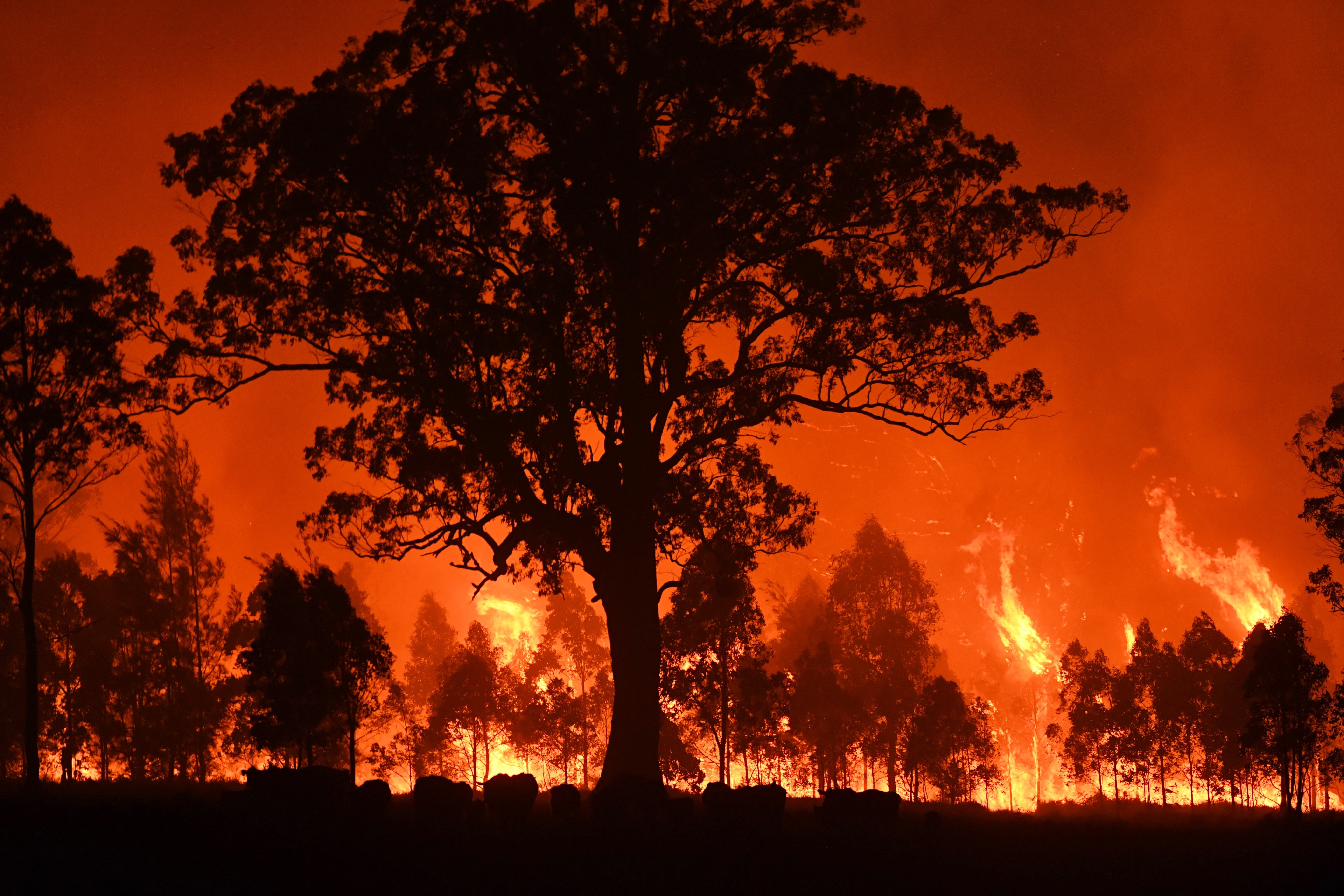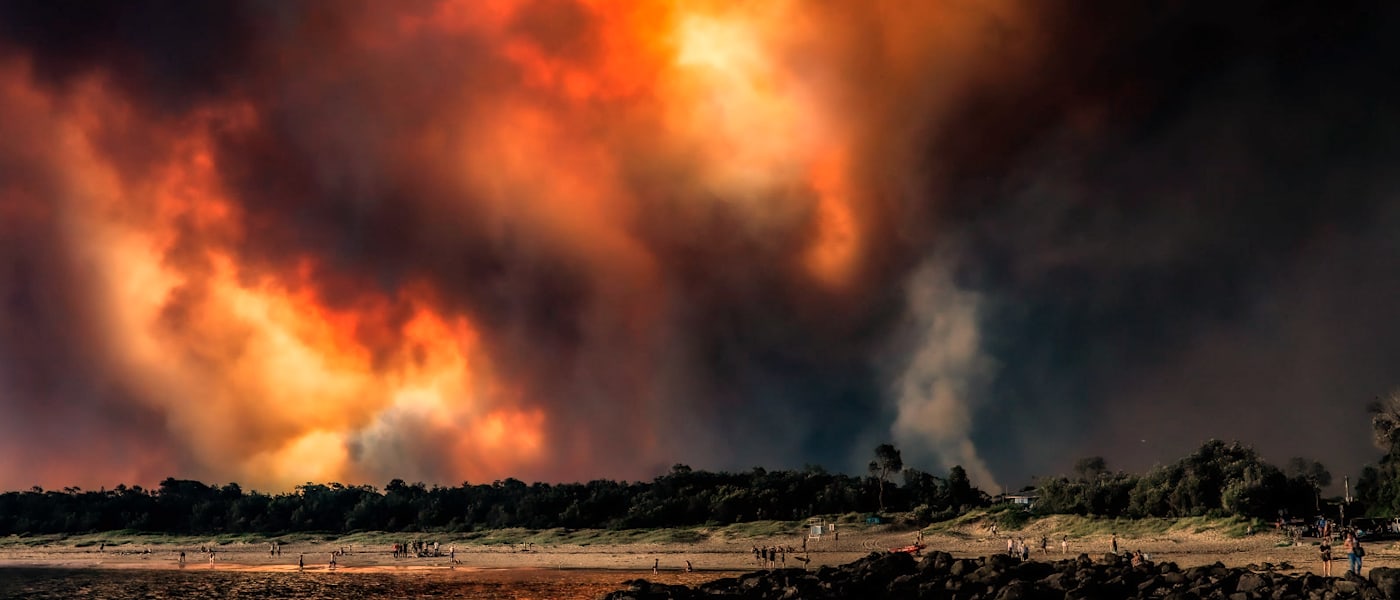Ideal Practices in Bushfire Management for Comprehensive Fire Defense
In the world of bushfire management, the pursuit for detailed fire defense demands a precise strategy that incorporates different essential facets. As we browse via the nuances of these ideal practices, an exploration into the elaborate internet of methods and methods waits for, promising a deeper understanding of the diverse landscape of bushfire management for extensive fire security.
Risk Evaluation and Preparation
In bushfire administration for fire protection, the preliminary action includes performing a complete threat assessment and establishing a detailed strategy to minimize possible threats. By recognizing these dangers, fire defense authorities can prioritize areas that are most susceptible to bushfires and designate sources effectively.
By having a distinct plan in area, emergency situation solutions can act promptly and successfully to shield lives, residential property, and the setting throughout a bushfire episode. Efficient threat analysis and planning are fundamental components of bushfire management for guaranteeing comprehensive fire defense.
Greenery Management Strategies
After performing a comprehensive danger analysis and establishing an extensive strategy for bushfire management, the focus shifts to applying efficient plants monitoring methods. Plants administration plays an essential function in decreasing the intensity and spread of bushfires.
In addition to producing defensible area, recommended burning is one more important greenery administration approach. Recommended burns include deliberately establishing fires under regulated problems to lower the build-up of gas, reduce the probability of high-intensity wildfires, and promote community health and wellness. By strategically burning areas with excess vegetation, gas levels are lowered, making it harder for fires to spread out quickly and uncontrollably.

Neighborhood Engagement and Education And Learning
Efficient community interaction and education and learning are essential components in building a resilient and proactive strategy to bushfire management. By including community participants in the preparation and execution of bushfire administration approaches, stakeholders become energetic participants in securing their areas and homes. Neighborhood interaction fosters a sense of shared responsibility and equips locals to take possession of their security.
Education and learning plays a crucial function in equipping individuals with the expertise and skills required to mitigate bushfire risks properly. Providing instructional sources ablaze avoidance, discharge procedures, and the value of early discovery can considerably improve neighborhood readiness. Enlightening citizens on the regional bushfire setting, consisting of fire actions and threat variables, enables them to make enlightened decisions throughout high-risk situations.
Through ongoing engagement and education and learning efforts, communities can develop a cumulative understanding of bushfire hazards and work collaboratively to reduce the influence of wildfires. By promoting a culture of preparedness and strength, community members can improve their capability to react effectively to bushfire emergency situations and secure both lives and residential or commercial property.

Early Discovery and Warning Equipments
Community interaction and education and learning serve as fundamental columns in establishing aggressive bushfire administration techniques, laying the foundation for the application of robust very early detection and caution systems. Early detection and caution systems are important parts in reducing the impact of bushfires on neighborhoods and the setting. These systems incorporate a variety of technologies and approaches targeted at identifying and notifying authorities and citizens to possible fire break outs swiftly and successfully.
One crucial element of very early discovery systems is making use of innovative tracking modern technologies such as satellite images, drones, and climate terminals to spot indicators of possible fire ignition. These modern technologies give real-time information that can be evaluated to identify fire-prone locations and trigger early cautions. In addition, the assimilation of community-based monitoring networks and automated sharp systems can improve the effectiveness of very early discovery initiatives by involving residents in reporting possible fire risks and obtaining prompt cautions.
Reliable early detection and warning systems depend on a multi-faceted method that integrates technical technology, area participation, and swift emergency situation reaction procedures to guarantee the timely and worked with management of bushfire cases. By purchasing these systems and cultivating collaboration between stakeholders, communities can enhance their durability to bushfires and reduce the associated dangers.
Emergency Situation Reaction and Emptying Plans
A comprehensive and well-coordinated emergency situation feedback Bushfire Risk and discharge strategy is vital for efficiently safeguarding lives and residential property during bushfire occurrences. These strategies need to be meticulously crafted, taking into consideration elements such as the topography of the area, the density of greenery, and the prospective rate and direction of the fire's spread.
One critical element of an emergency reaction strategy is the establishment of clear communication channels to share prompt and exact info to citizens and emergency situation responders. This can include utilizing sirens, mobile informs, social media, and community conferences to guarantee that every person is informed and understands what actions to take.
Emptying courses need to be pre-identified and frequently preserved to ensure they come during emergencies. In addition, designated emptying centers need to be developed to give shelter, clinical assistance, and assistance services to evacuees.
Regular drills and exercises are vital to familiarize residents with emptying treatments and examine the performance of the plan. By continuously reviewing and updating emergency response and discharge plans, neighborhoods can improve their preparedness and resilience in the face of bushfire threats.
Verdict
To conclude, effective bushfire monitoring requires an extensive technique that includes threat evaluation, plant life monitoring, area interaction, very early discovery systems, and emergency response plans. By carrying out these ideal practices, communities can much better shield themselves from the damaging impacts of bushfires - BMP. It is crucial to prioritize proactive procedures to mitigate the dangers posed by bushfires and ensure the safety and well-being of individuals and neighborhoods at threat
After performing a detailed risk evaluation and establishing a detailed plan for bushfire monitoring, the focus moves to implementing efficient vegetation monitoring methods.Reliable community interaction and education are vital parts in developing a resistant and positive approach to bushfire administration. By including community members in the preparation and execution of bushfire administration approaches, stakeholders come to be active participants in guarding their communities and homes.Area engagement and education and learning serve as foundational columns in developing positive bushfire management techniques, laying the groundwork for the execution of robust very early detection and caution systems.In verdict, reliable bushfire management needs a thorough method that includes threat assessment, plant life monitoring, area interaction, very early discovery systems, and emergency action strategies.